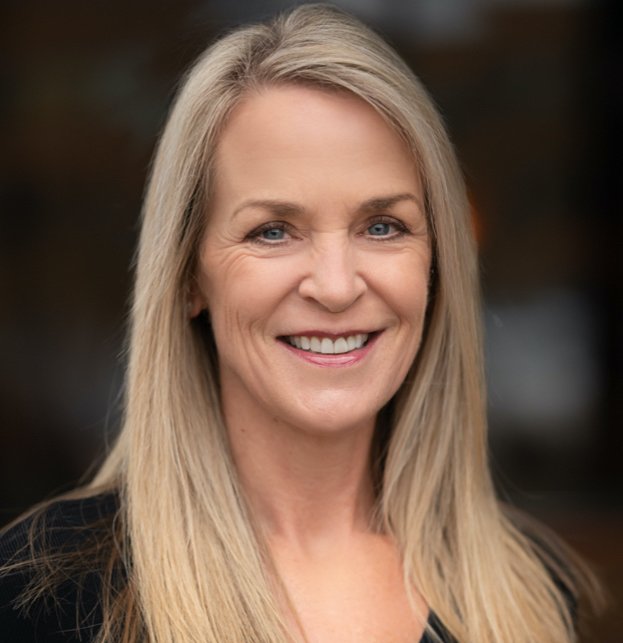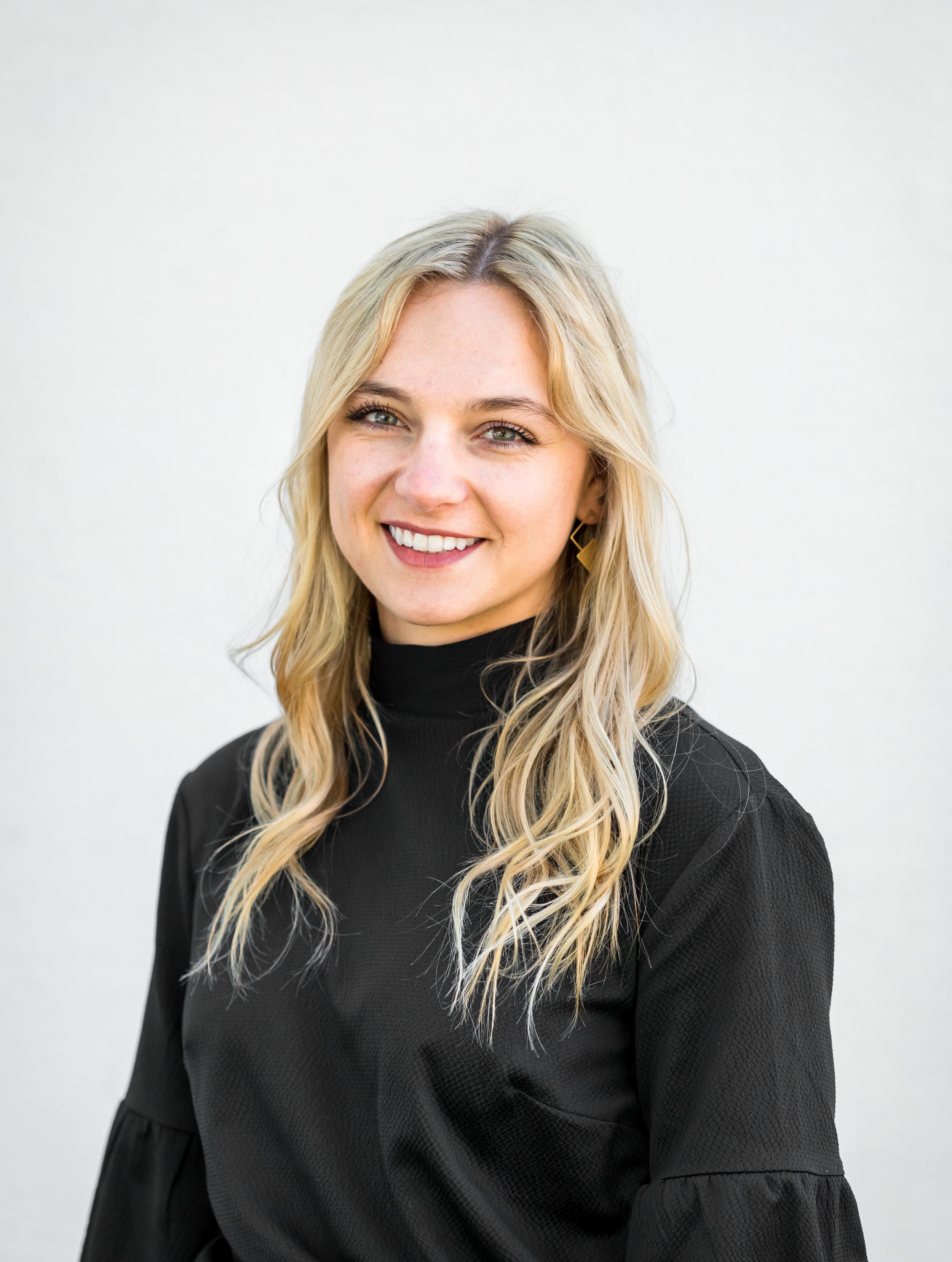Alejandro Bechtle, Associate AIA
Designer, PIVOT Architecture
Passing the ARE’s
A week ago I finished the ARE’s as one of the lucky few who passed them all on my first try. I’ve gotten a lot of questions about how I did it.
I started out intimidated by the ARE’s. I knew I wanted to get licensed, but taking exams I didn’t know how to study for was daunting. As I was finishing my AXP, I saw a sign on the office fridge about an AIA library at Robertson Sherwood Architects with resources for the ARE’s. My coworker, who was studying for the ARE’s, had plans to go there and invited me along. That’s where I got my first study materials.
I started by reading the Brightwood study guide for Programming & Analysis and set a date for the test. Then I took the NCARB practice exam, which was the most valuable studying resource I used. I got many questions wrong and failed the practice exam, so I delayed my first test. I figured it’s faster in the long run to wait to take the exam until I’m confident, instead of failing it and having to wait 60+ days to retake it.
I studied the practice exam and looked for patterns in my answers. Often, I’d misunderstood the question or had second guessed myself, when my initial instincts were correct. There were also some concepts I was missing, which I reviewed using the study guide and Google searches. Once I felt confident, I scheduled my first ARE and passed. As I got through the rest of the exams, I used the same study method, eventually refining it. I realized a lot of study guides have overlap, so you don’t always have to read the entire book. So I would first look for material I already knew, then focus on what I didn’t know.
I found a good balance between studying and still living my life. It took me about five months from my first ARE to my last. I treated my weekends like work days, reading as if it were my job, and kept my evenings open. I supplemented my reading with free online lectures on YouTube, which I listened to while running errands and doing chores. I took weeks off when I needed to, like the holiday season. I also connected my study materials to my work in the field, which helped me prepare to be an architect. Studying the AIA contracts helped me understand the context at OAC meetings. Learning more about building systems helped me better understand consultants during design coordination. Overall, I know a lot more about what it means to be an architect now, compared to a few months ago.
My study methods may not work for everyone, that’s why there are resources like Amber Book to help candidates prepare for the ARE’s. However you need to study, what matters most is making sure you can demonstrate your knowledge when you take the exams. Start with learning the material, but also study the ARE’s themselves and understand how they work. And then consider your own tendencies and what you need to succeed.
For me, I knew my testing environment was going to have a huge impact on my success. I have a sensory processing disorder and often struggle on tests when there’s background noise, when the lights are too bright, etc. NCARB now offers remote proctored tests, which you can take any time there’s an opening. They’re scheduled just like tests at the testing centers, but you can take them at home. I’m fortunate to have a space I could set up for the exams per NCARB guidelines.
In order to take the ARE’s remotely, I had to cover my bookshelves, disconnect every device but my computer from the internet, and ask my fiancée to keep an eye on our cats in case they got too loud. Even with that preparation, I still had some technical issues, like my webcam refusing to focus on my ID enough to photograph it clearly, but I’d still recommend remote testing for those who can make it work.
In the exam, I still dealt with nervousness and panic. In my first exam, I took a break and calmed down between the first question set and the case studies. But for the rest of the exams, I just used strategies to quickly clear my head, which I’d strongly recommend. It takes just a few seconds to close your eyes and take a deep breath, but you might take longer to answer questions and be less likely to answer correctly if you stay in a rushed mindset.
My advice for anyone currently taking the ARE’s, or considering it in the future, is to have confidence in yourself and your knowledge. Be kind to yourself. Don't let a difficult question derail you. Make a guess and flag it for review. Also, don’t put yourself down if you fail an exam. You’ll be more prepared for it next time!




